The kit follows a 1906 B&O standard plan. These towers were common all over the system and a few still stand today. They are distinctive for the shingled skirt between the first and second stories – only the B&O had that feature.
Five pages of instructions and several sheets of diagrams make the construction fairly clear, although I could have used a little more help on some things, such as how the roof details go on and how the stairway fits together. There’s a sheet of photos of the finished model, but these aren’t sharp enough to be real helpful, plus the roof is cut off in all of them.
A strong point of the instructions is that they present a sequence that allows for building the tower in a two-color scheme, painting as you go so no masking is required. The B&O used various schemes over the years, as covered in the instructions, and the buff (a shade of yellow) and black used after World War II would make a striking model indeed. I painted my tower boxcar red with the idea that it might someday serve on our company club Milwaukee, Racine & Troy, skirt notwithstanding.
The wood parts practically fall out of the frets. Releasing them takes only a few cuts with a sharp hobby knife. You start by building three boxes-foundation and first and second stories-and then it’s a matter of installing doors and windows, gluing the boxes together, and adding details.
For all the wood-to-wood joints I used Elmer’s yellow carpenter’s glue, applied with a toothpick, and found it worked very well. To attach the metal roof details I used cyanoacrylate adhesive (CA).
This was my first encounter with a laser-cut kit and I found aspects of it intriguing. Thin parts are plywood for extra strength. The windows and doors are built up in layers held together by an adhesive on the backs of the parts that is protected by paper until you peel it away. This makes for neat construction, avoiding the blobs and frustration that would come with trying to apply glue to such small parts. This same feature holds the window glazing in place. (You’ll be cutting all those panes from a single sheet of acetate, but mercifully they’re printed on for you.)
The shingles are laser-cut paper and also feature adhesive backing. You add them a strip at a time. I had difficulty making neat corners on the skirting and it wouldn’t surprise me if the prototype carpenters didn’t have the same problem. Next time I’d cement the wood skirt on the building, then lay on the shingles so I could trim them as I went along, working my way around the building with each course of shingles.
Particularly interesting is the stairway, a little miracle of engineering that’s fun to put together. (Well, except for maybe cutting all those steps to length from stripwood.) Here’s hoping your cat doesn’t grab a finished piece of stair railing and try to eat it, as mine did, but a replacement was soon in the mail.
My kit was short several strips of 2 x 4 stripwood. This was apparently an
oversight in my kit. I picked some up at a hobby shop, but if you contact Webster the company will quickly send replacements.
This model would look great with interior detail and lighting for the upper floor. As long as you don’t cement the roof on you could always come back later and cut a large enough hole in the second-story ceiling to gain access.
The tower, with three upper-story windows on the short side, four on the long, comes out with a 12 x 15-foot footprint. Webster also offers a larger version (four windows on each side). Such towers always had a coal and oil house alongside, and often there was a section house as well. Webster offers kits for all of these.
This is a well-engineered kit with quality parts. Figure about 30 hours to build it.
Price: $79.95; add $3.20 shipping on direct orders (12 x 24-foot kit is $99.95)
Manufacturer:
Webster Classic Models
1120 Hawken Place
Webster Groves, MO 63119
websterclassicmodels@compuserve.com
Description:
Laser-cut wood kit with cast metal details





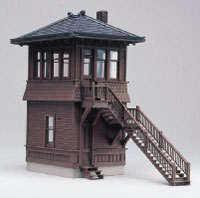
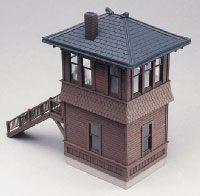

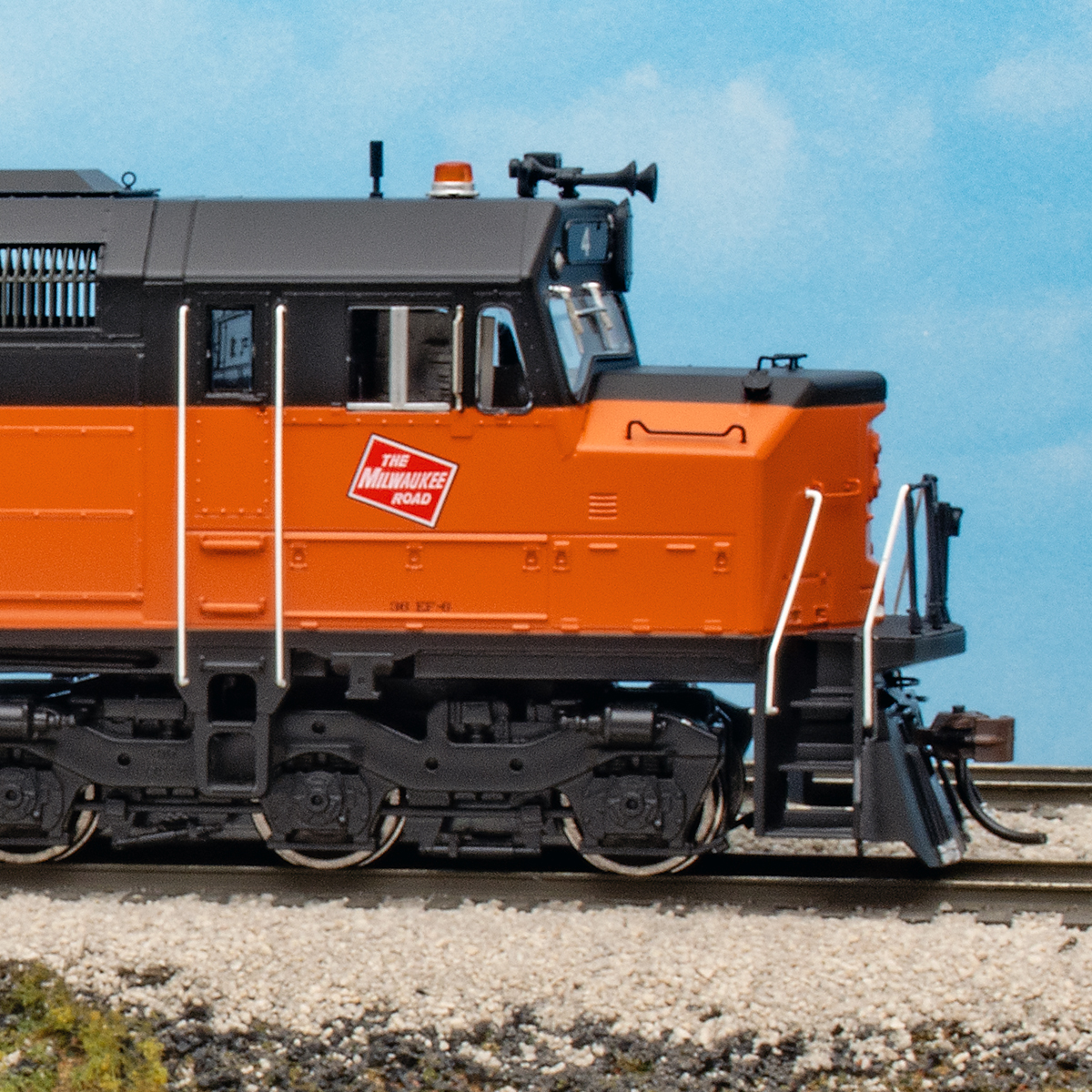
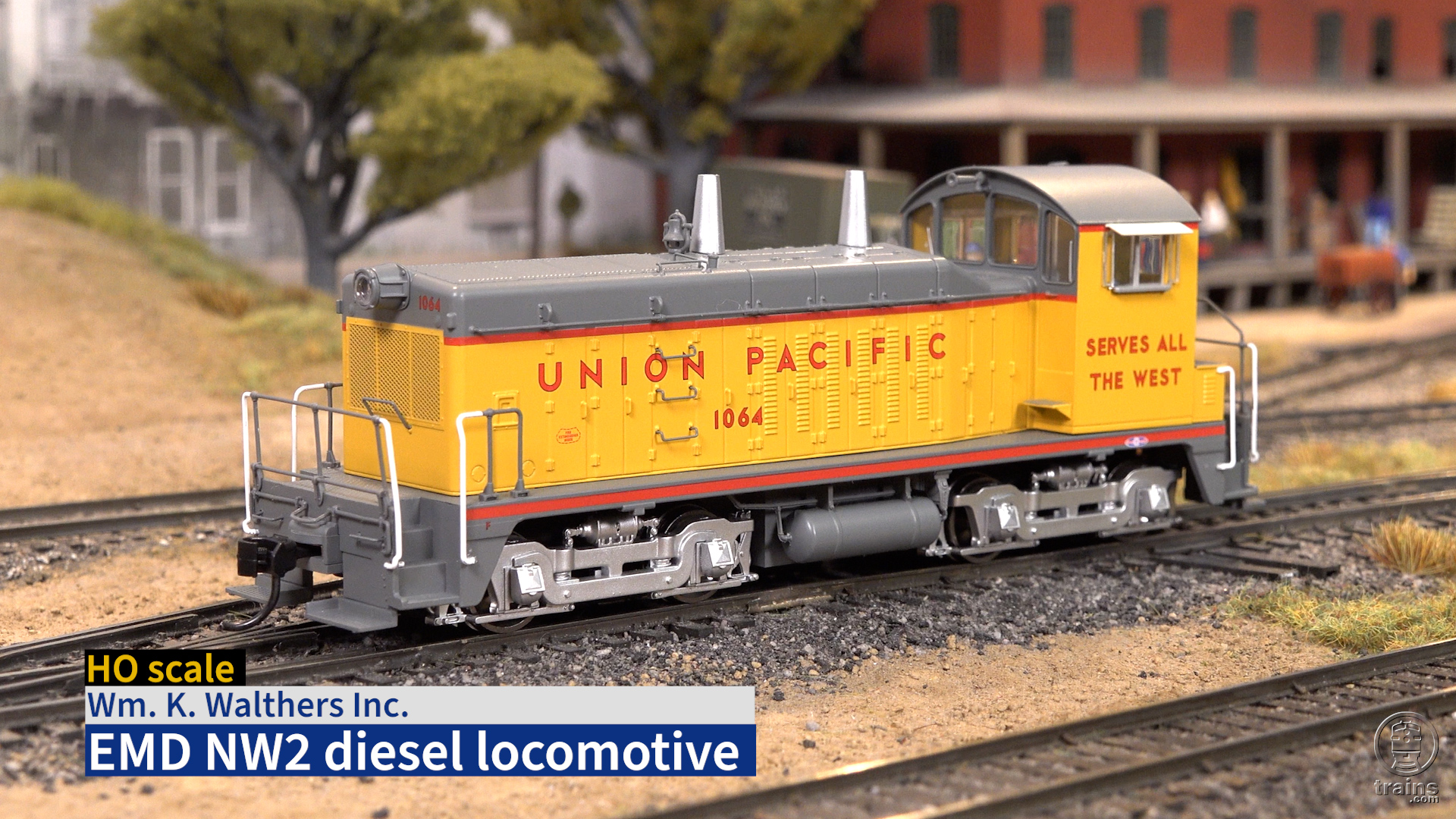

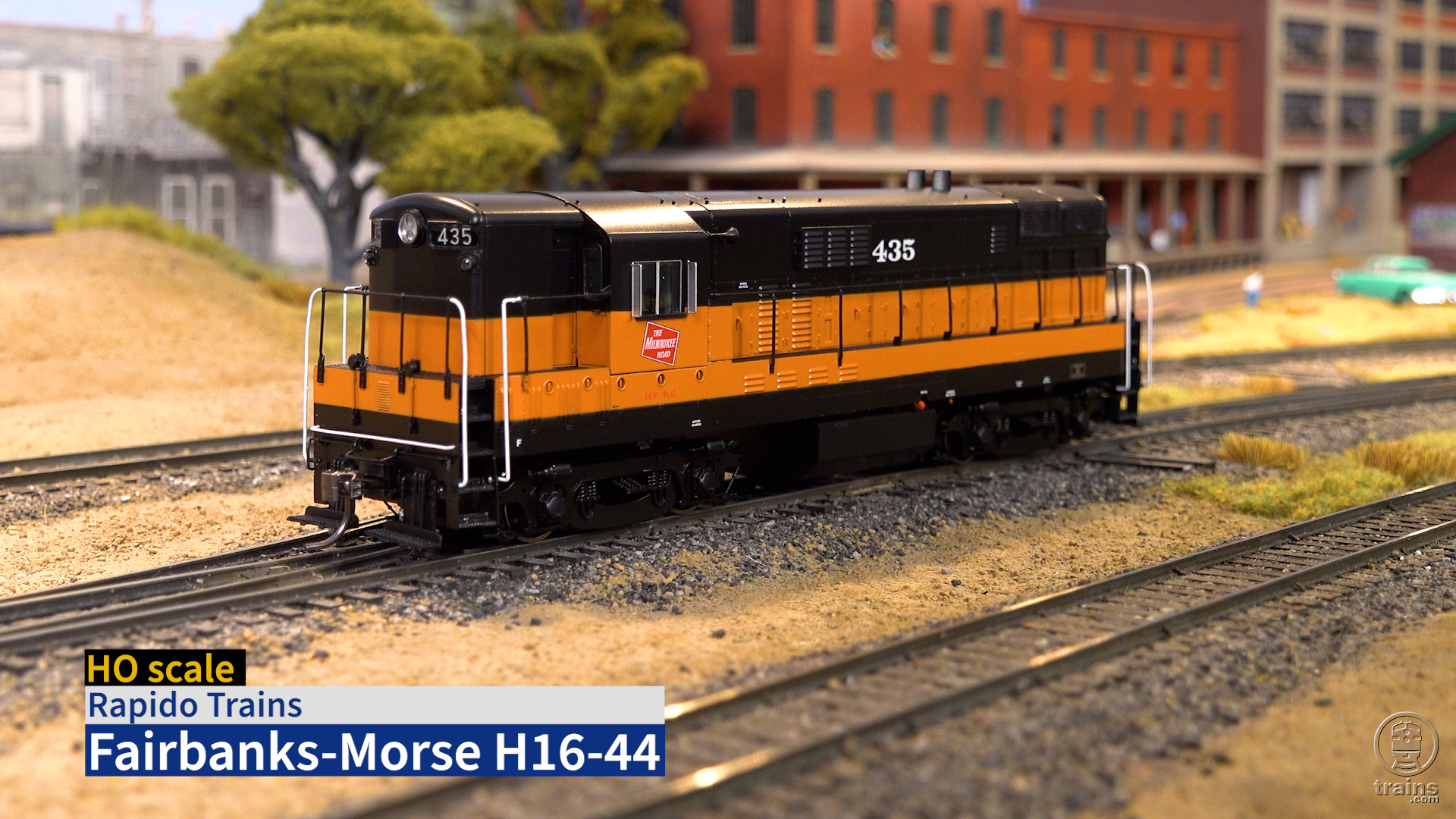




I have this model but it is missing page 2 of the instructions and when I email Webster’s at the address above it gets kicked back. can anyone help me?